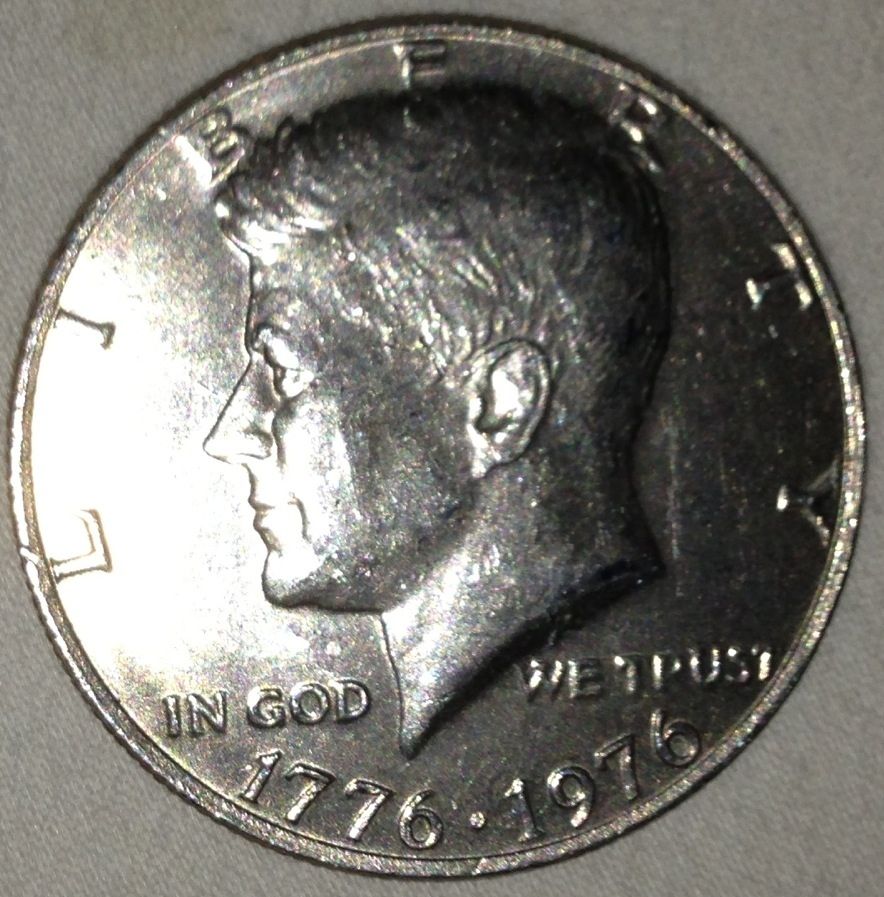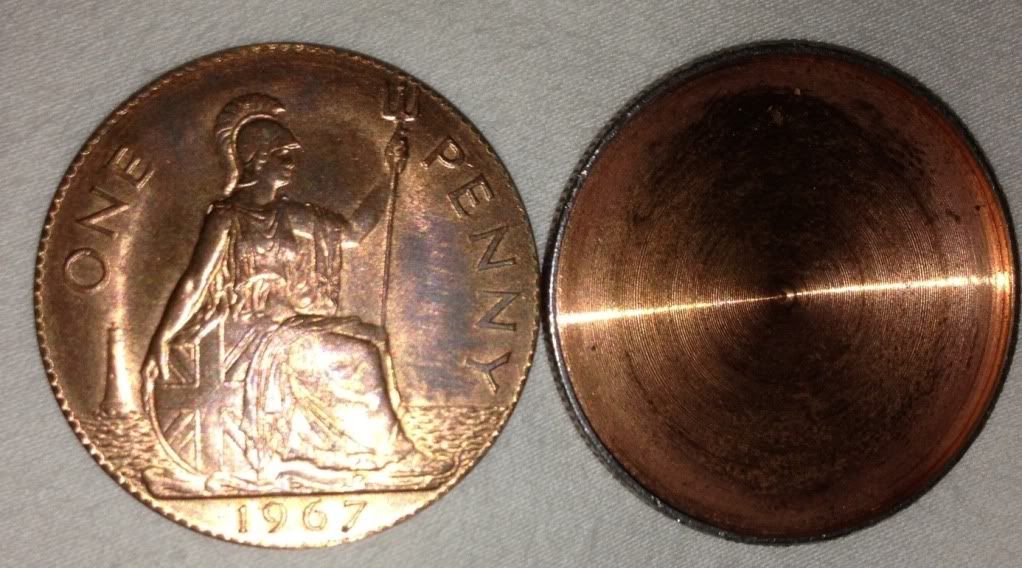I asked error expert Mike Diamond his thoughts and --
I would agree with the one person who provided an opinion. It's almost certainly a fake produced by inserting a resized reverse into a hollowed-out obverse. The low weight and what appears to be a seam on the reverse would support this contention. No mules are known among US half dollars.
Mike
From --
http://en.wikipedia.org/wiki/Mule_%28coin%29Mule (coin)
From Wikipedia, the free encyclopedia
In numismatics, a mule is a coin or medal minted with obverse and reverse designs not normally seen on the same piece. These can be intentional or produced by error. This type of error is highly sought after, and examples can fetch steep prices from collectors.
The earliest mules are found among ancient Greek and Roman coins. Opinion is divided between those who think that they are accidental, the result of an incorrect combination of a new die with one that had officially been withdrawn from use, or the work of coiners working with dies stolen from an official mint, perhaps at a time when one of them should have been destroyed.
The name derives from the mule, the hybrid offspring of a horse and a donkey, due to such a coin having two sides intended for different coins, much as a mule has parents of two different species.




